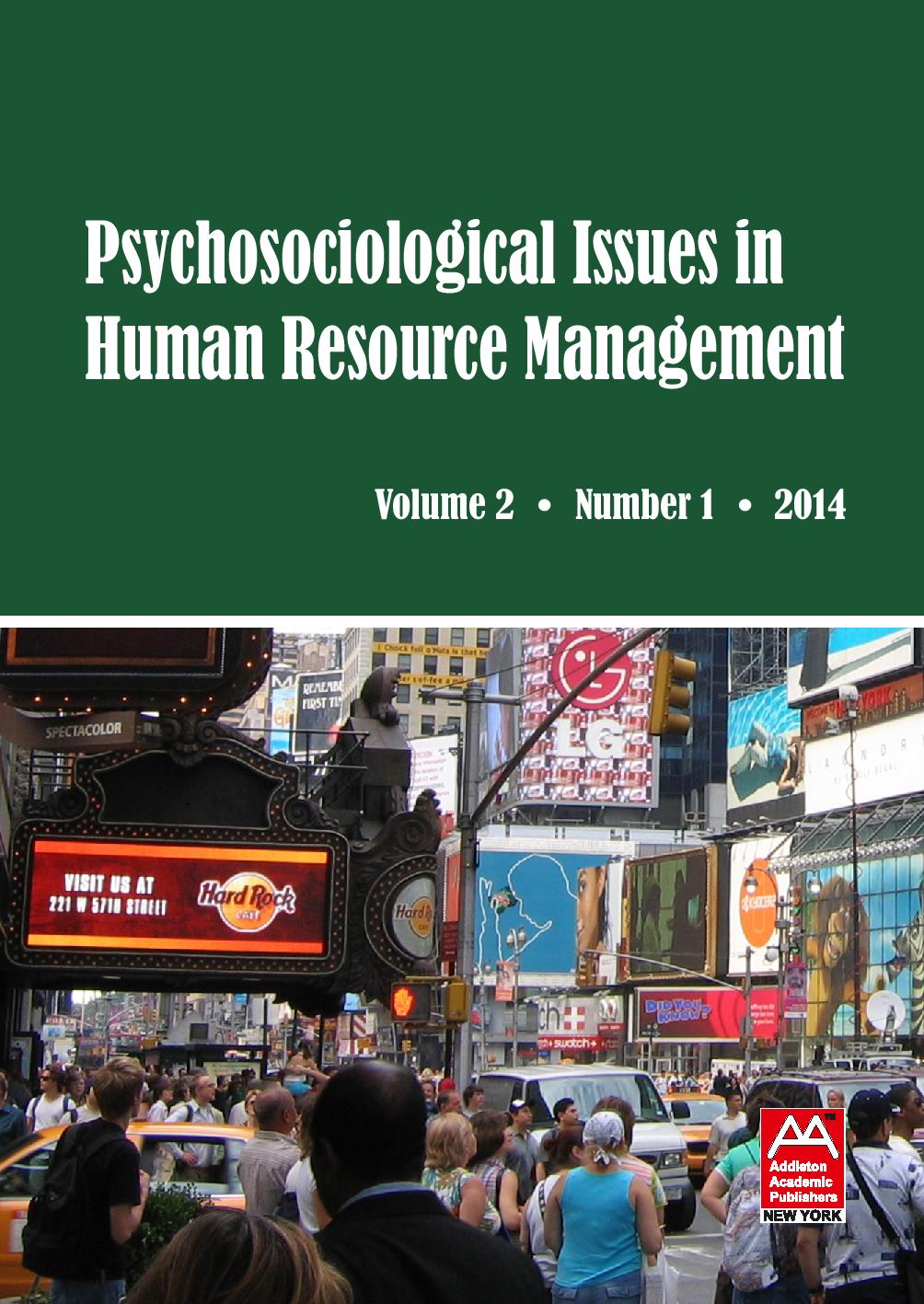HR ISSUES EVOLUTION ALONG THE MARKET LIFECYCLE AND THE VALUE CHAIN: CASE OF THE HI-TECH INDUSTRY
HR ISSUES EVOLUTION ALONG THE MARKET LIFECYCLE AND THE VALUE CHAIN: CASE OF THE HI-TECH INDUSTRY
Author(s): Tamas Koplyay, Lisa Chillingworth, David Lloyd, Csaba MAKÓISubject(s): Economy, Management and complex organizations, Human Resources in Economy, Socio-Economic Research
Published by: Addleton Academic Publishers
Keywords: human resources design and management; information technology; market lifecycle; value chain; smart economies; hi-tech industry; corporate centers of gravity
Summary/Abstract: Managing human resources and aligning this input with market demand is a primary ingredient of corporate success. In fast paced industries, such as high technology, the issue is even more critical since the duration of a specific HR configuration is short and the transition periods from one to another are sudden and often unexpected, yet predictable. Furthermore, the configuration profiles are sub- stantially different as the company itself transitions from incubation to market traction and growth through the lifecycle phases of leveling off, maturity and eventual market decline. It is well known and widely accepted that corporate structure also follows such dynamics, and that companies which best align structure with market conditions produce sustainable and superior financial results in the long run. In this article, we shall provide arguments that proper matching of HR management with evolving market conditions should also contribute substantially to the survival and long run success of the firm. The logic of the article follows the development of the market dynamics and the related HR issues, and provides a logical framework for creating an alignment between the two. To the extent that the market lifecycle provides an all-encompassing prototype for the entire market evolution, the model put forth is both explanatory and predictive. Value chains also emerge in market maturity and add complexity to HR functions by creating company traits that differ enormously between upstream and downstream components. The article further provides a framework for exploring this HR dimension. Once a map of the market situation (growth and value chain) is created, it becomes possible to predict where a firm is heading, how HR issues are about to change, and which HR response strategy should be deployed for the most probable outcome of success.
Journal: Psychosociological Issues in Human Resource Management
- Issue Year: 2/2014
- Issue No: 1
- Page Range: 7-33
- Page Count: 27
- Language: English
- Content File-PDF

